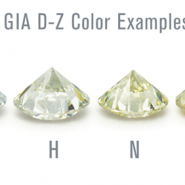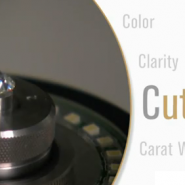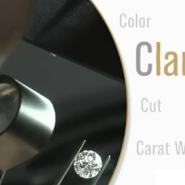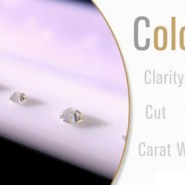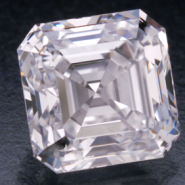Even the slightest change in diamond color can affect the quality and value of a diamond. Although most diamonds are thought of as colorless (that is, not fancy-colored), most colorless diamonds actually contain hints of brown and yellow. These differences in color are often very subtle – so subtle that an untrained eye can’t tell the difference between a nearly colorless diamond and a colorless one. Yet these minute color variations can have a significant impact on the purchase price of the stone.
Read More >>One of the hardest of the 4Cs to understand may be a diamond’s cut. A well-cut diamond displays the unique sparkle we associate with diamond.
Read More >>It has been said that few things in nature are absolutely perfect. The same holds true of diamonds. Part of what makes a diamond unique is what is commonly referred to as a diamond’s clarity characteristic.
Read More >>When browsing for jewelry, one might be captivated by the glimmer of a diamond’s sparkle, and assume that most diamonds are colorless. And while it’s true that certain diamonds have colors so blindingly brilliant that they take on beautiful hues of the rainbow, truly colorless diamonds are actually quite rare.
Read More >>Some diamond cut’s never go out of style, especially when they boast a royal heritage and have been redesigned and reinvented. Such is the case with the popular Asscher cut.
Read More >>Few things in nature are absolutely perfect. This is also true with diamonds. As touched on in the first part of the clarity series, diamonds have internal features called inclusions and surface irregularities called blemishes. Together, inclusions and blemishes make up a diamond’s clarity characteristic.
Read More >>

